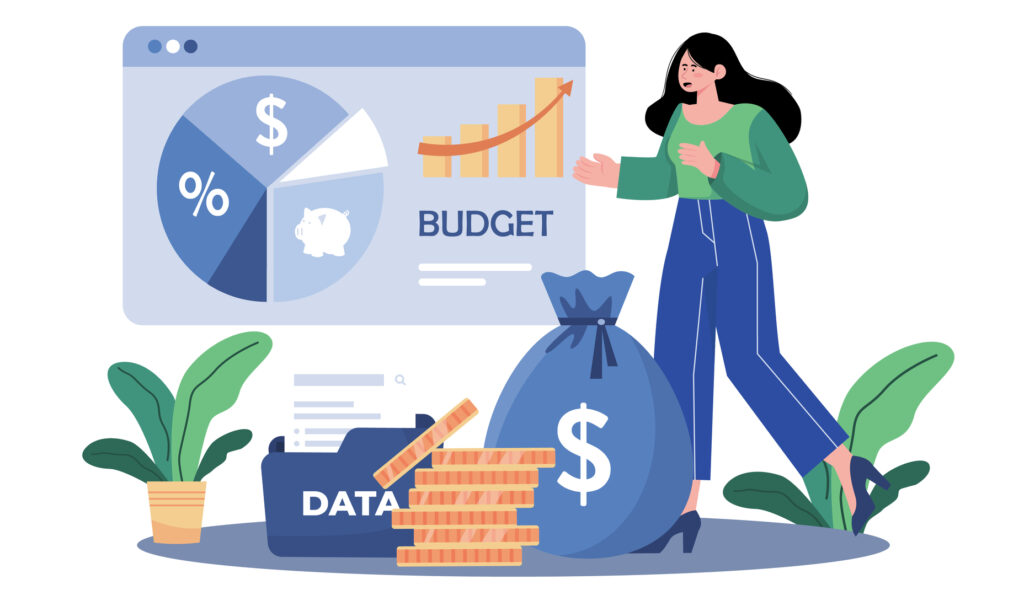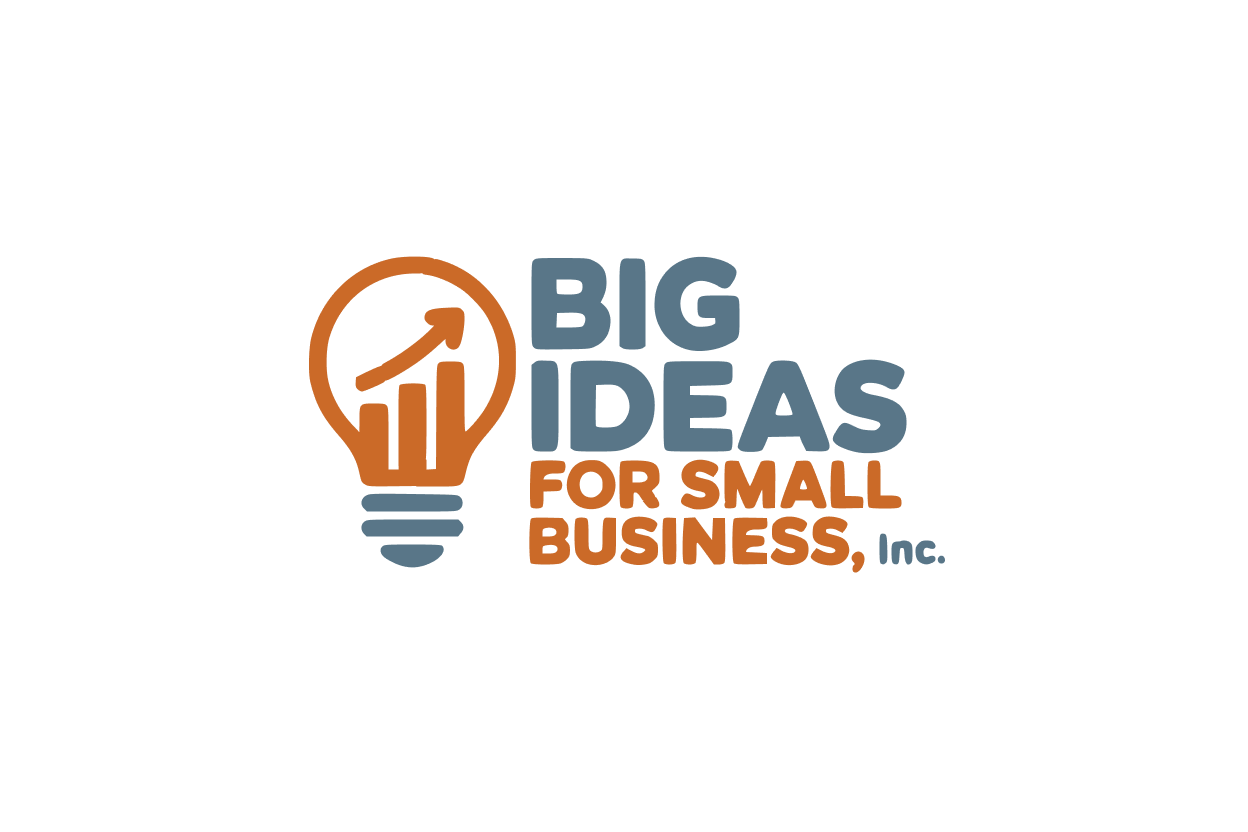 Now that we’re in the fourth quarter of 2025, it’s time to make a preliminary budget for 2026. You’ll likely have to tweak it on a regular basis as things change, but you’ll have a general idea of what your outlays will be for the coming year. The following is an update of last year’s budgeting ideas. Obviously, many things have changed, but the core ideas are still sound, and are a good jumping off point.
Now that we’re in the fourth quarter of 2025, it’s time to make a preliminary budget for 2026. You’ll likely have to tweak it on a regular basis as things change, but you’ll have a general idea of what your outlays will be for the coming year. The following is an update of last year’s budgeting ideas. Obviously, many things have changed, but the core ideas are still sound, and are a good jumping off point.
5 Budgeting Ideas
1. Idea: Review your revenue and expenses year-to-date
It’s a common saying on Wall Street that “past performance is no guarantee of future results,” but for budgeting purposes it’s a starting point.
Some businesses simply take the current budget and boost everything by a certain percentage. This reflects what’s expected from inflation. For example, if you paid total compensation in 2025 of $500,000, you might simply budget $515,000 for 2026 to reflect a 3% inflation rate.
Other businesses take a more targeted approach. They look at every line in the budget because while most expenses will increase, they won’t all do so at the same rate, and some expenses might even fall. Certain expenses, such as rent, may be fixed—unchanged for 2026. The ideas that follow reflect a line-by-line approach to budgeting.
2. Idea: Guess what inflation will be
Inflation is a key element in many budgeting decisions. It may drive up prices to increase your revenue, giving you more money to cover your costs. And inflation may add to your expenses. What will you need to pay your debts, such as lines of credit, that have fluctuating interest rates? Will you be able to raise prices? Wages? Will continued inflation depress sales?
Keep an eye on possible rate cuts from the Federal Reserve. Inflation is currently under 3%, so an interest rate cut is expected. The next Federal Reserve policy committee meeting is on October 28 and 29, 2025. Additional rate cuts may be made in 2026. These cuts could reduce the interest rate paid on lines of credit, which is something that may affect your budget.
3. Idea: Project payroll costs
Payscale reports that average pay increases for 2026 are about 3.5%. Obviously, pay increases vary with the type of work involved, business location, and other factors that you need to consider.
In addition to wage and salary increases, also project:
- Employment taxes. The Social Security wage base for 2026 is expected to be $183,600 or so (the actual figure hasn’t been released yet by the Social Security Administration). This means that for an employee-owner or other high-paid employee, the added FICA cost for employers would be about $465 more per employee.
- Fringe benefits. Health insurance costs for small businesses are about 11% higher in 2026. Now is the time to shop around for a small group plan or decide on alternative health coverage options, such as Individual Coverage HRAs or Qualified Small Employer Health Reimbursement Arrangements (QSEHRAs). Dollar limits on what can be covered for employer-funded for dependent care assistance increases in 2026 to $7,500 (up from $5,000), although you don’t have to provide the maximum benefit.
- Staff increases or reductions. If you’re business is doing well, you may anticipate the need to hirer more employees. As a rule of thumb, consider that it costs you 1.25 to 1.4 times an employee’s base pay after factoring in payroll taxes, insurance, and benefits. So, if you’re hiring an employee at $50,000 a year, it’s going to cost you $62,000 to $70,000 a year after payroll taxes, insurance and benefits, and it could be more. On the other hand, you may be thinking about reducing your staff through attrition (natural retirement) or layoffs. Perhaps AI can be deployed to do the tasks that some employees are doing now, or at least help existing staff so no new hires are necessary.
4. Idea: Project costs
While your rent may be fixed (which don’t change due to sales), many expenses are variable (which fluctuate based on volume and other factors).
- Fixed expenses. What are your insurance costs (e.g., your business owner’s policy (BOP), coverage for a business vehicle, etc.) going to be in the coming year? Do you have outstanding debt with fixed payments (e.g., car loans)? Are you leasing equipment?
- Variable expenses. Where do you see your utility costs going in 2026? Will you have greater use of electricity? Shipping costs are another variable, which may not be significant for service-based businesses, but certainly will impact the bottom line of retailers and wholesalers. If your business pays commissions, these can vary considerably, hopefully with the added revenue justifying the payments.
5. Idea: Revisit your budget later on
There’s still a lot of time between now and the start of 2026, and many significant things can occur that will impact your budget. For example, monitor additional federal tax legislation that may present opportunities or create added costs for the coming year. Watch legislation on the state level, which may impose added administrative costs for compliance. You may want to look over your numbers near the end of the year. And of course, continue to monitor your budget on a regular basis.
Final thought
The Chief Executive says:
“Budgeting is always imperfect because you can’t predict the future. You can make reasonable assumptions about familiar uncertainties—the economy, political or regulatory shifts, throughput, inventory, etc.—and anticipate potential opportunities. But there’s always something that’s missing or wrong.”
Still, it’s sound business practice to create a budget. It can serve as a roadmap for outlays in 2026, and can always be adjusted as things change.
Additional information concerning budget planning can be found in this list of blogs here.


